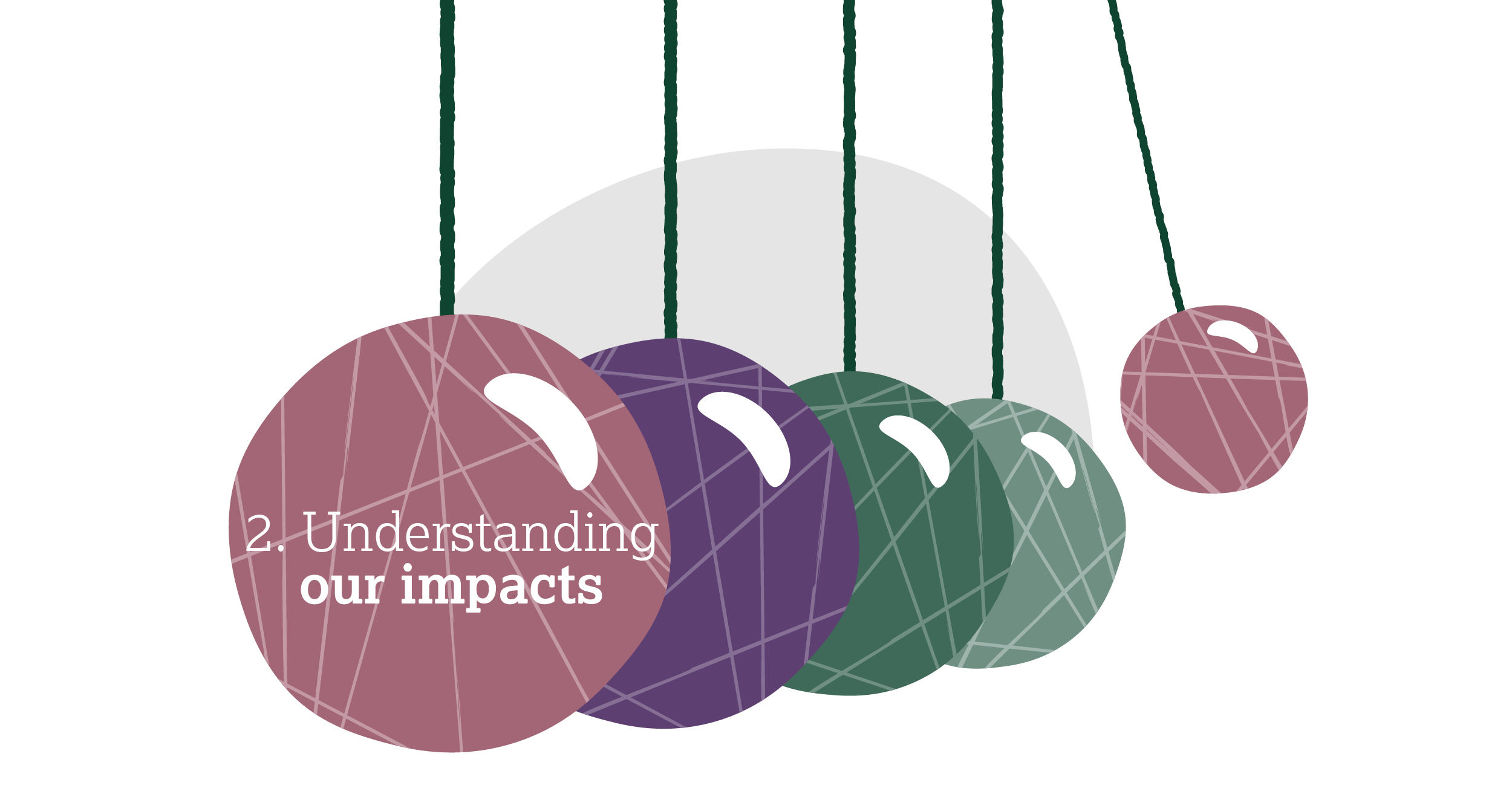The Responsible Gold Mining Principles consist of ten ‘umbrella’ Principles and 51 more detailed statements that set out performance expectations for implementing companies. In a series of blogs, we will briefly review the key tenets of the Principles. This time, we focus on umbrella Principle 2 ‘understanding impacts’. The commitment is that gold mining companies should ‘engage with stakeholders and implement management systems, so as to ensure that they assess, understand and manage impacts, realise opportunities and provide remedy where needed.’
Understanding and addressing a mine’s potential to cause adverse impacts is fundamental to achieving good social, economic and governance performance. Thus, the five supporting Principles explore different aspects of understanding and managing risks and impacts, engaging with stakeholders and resolving any grievances that may arise. Principle 2.1 relates to risk management with a focus on requiring companies to maintain ‘systems to identify and prevent or manage the risks that face’ their operations – a conventional company-centric view – but also requires them to identify and mitigate the risks that their activities may pose to others.
Principle 2.2 covers stakeholder engagement ‘We will listen to and engage with stakeholders in order to understand better their interests and concerns’ but it then goes on to challenge companies to show how they ‘integrate this knowledge’ in to how they do business. In other words, companies wishing to conform with the Principles will have to ensure that they have management systems that channel information about stakeholder views to the highest levels so as to inform decision-making.
Principle 2.3 sets out expectations around the conduct and scope of due diligence, a theme of growing importance when it comes to the selection of suppliers and business partners and checking against ‘human rights, corruption and conflict risks’. Conforming companies will be expected to conduct their due diligence ‘regularly and systematically’ with the intention of ‘preventing adverse impacts’. With a bow to the importance of due diligence procedures along supply chains, mining companies will also be expected to exercise ‘risk-based due diligence’ on the entities to which they sell their gold.
Principle 2.4 goes to the foundation of site level due diligence – social and environmental impact assessment. Some national regulations do not require a substantive focus on social impacts, but the Responsible Gold Mining Principles require such assessments to ‘involve substantive environmental components’ together with ‘socio-economic (including human rights where relevant) and cultural elements.’ Societies around mines can be dynamic and experience a lot of change and so. Where this is the case, mines will be periodically expected to update their assessments. The Principle also require implementing companies to take account of cumulative impacts where, for example, several developments may be occurring simultaneously in an area with potentially adverse impacts on local people and the environment. The Principle also requires that the reports are accessible to affected communities and that implementing must apply the mitigation hierarchy (avoid, minimise, mitigate or compensate) to identified impacts.
Finally, Principle 2.5 sets out a framework for resolving grievances. Principle 31 of the UN Guiding Principles on Business and Human Rights set out criteria around fairness and accessibility to which non-judicial grievance mechanisms should adhere if they are to command the confidence of those who believe that they have been wronged. In addition the Principle underline that those who raise grievances in good faith will not face retaliation or discrimination.
So, in summary, the intention behind Principle 2 and its supporting elements is to provide implementing companies with a framework to understand the risks that their businesses face from the operating environment and what they need to do to avoid or mitigate the impacts they have on others. Impact assessments, stakeholder engagement and a credible grievance mechanism are fundamental to the objective of ‘do no harm’ – after which responsible companies can analyse the opportunities that their presence can create.

